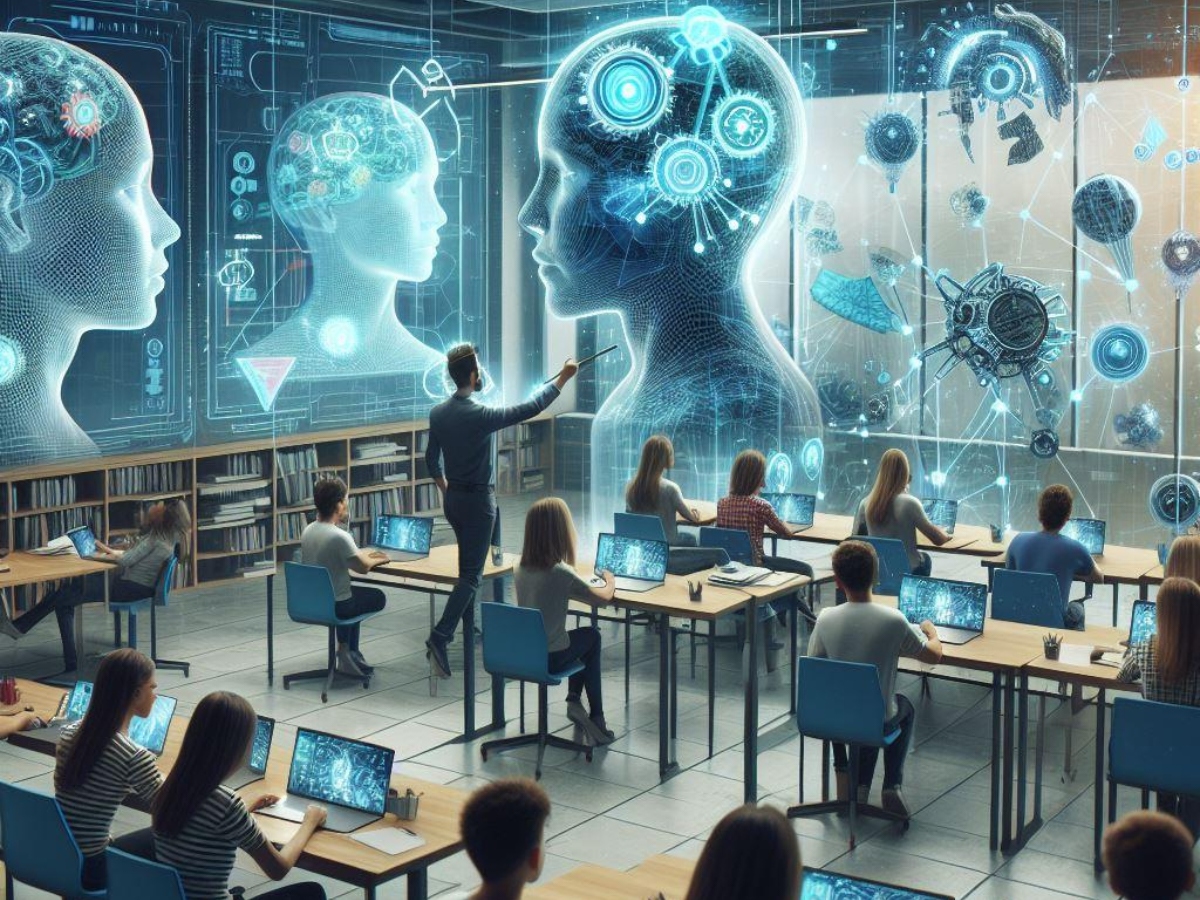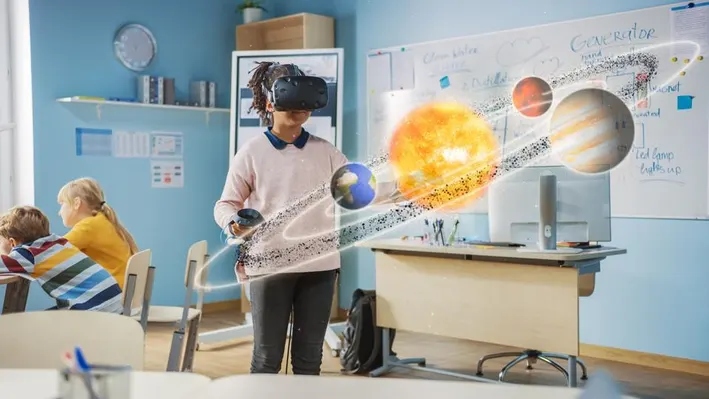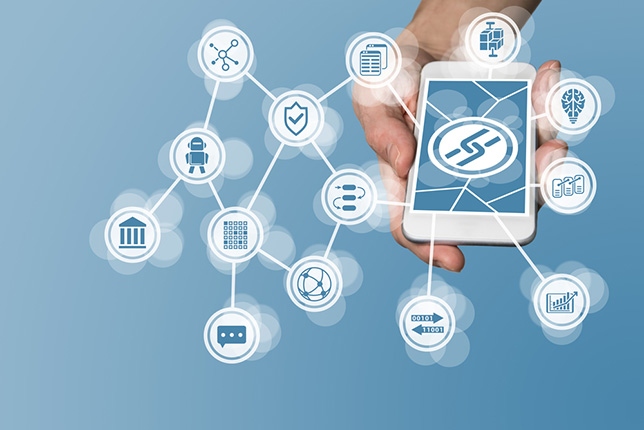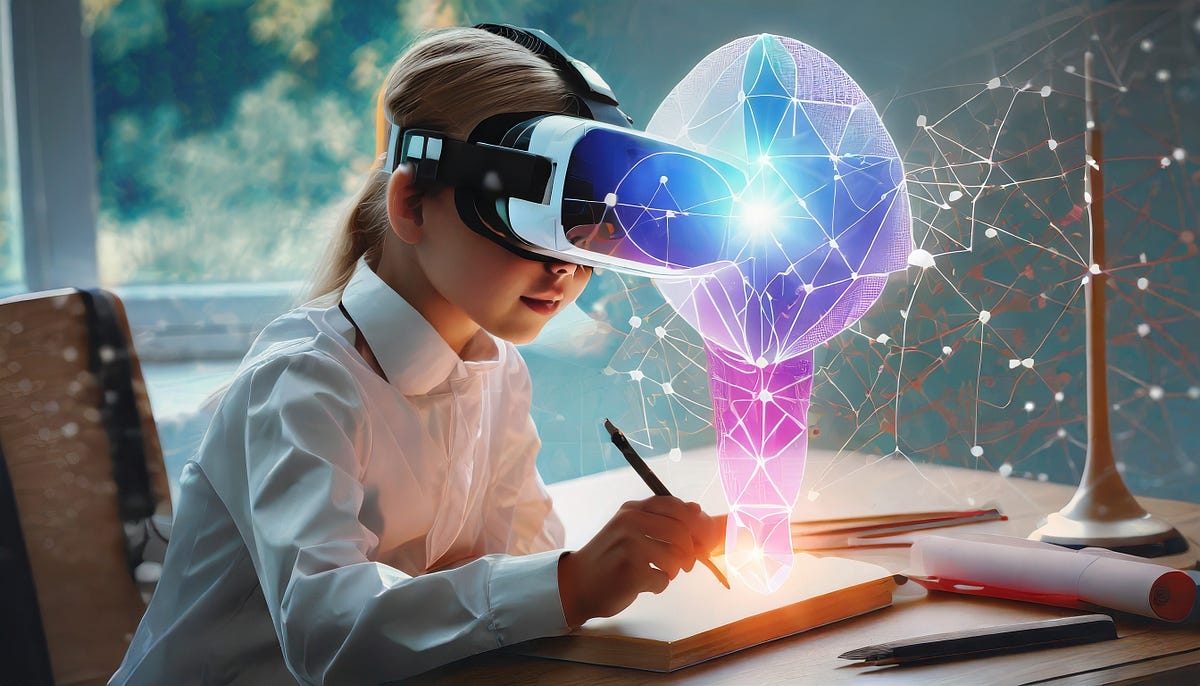Comments
- No comments found

Colleges and universities are evolving due to advancements in technology.
Some of the innovations that are revolutionizing the way degrees are earned and managed are virtual reality, blockchain, augmented reality, artificial intelligence (AI), and the Internet of Things. This article reviews the consequences of these technologies on the system of education, points out significant people and organizations, and offers analysis-based data.

Augmented Reality (AR) shows digital information in the real world, improving the learning process.
AR has many uses in education. For instance, it allows students in medicine to observe and comprehend complicated anatomical structures. Google and Microsoft are taking the lead in creating augmented reality devices for school use, like Google Glass and Microsoft HoloLens.
AR makes learning interactive and engaging. A study by New Media Consortium found that 60% of students reported improved learning experiences with AR applications. By bringing abstract concepts to life, AR helps students understand and retain information better.

Artificial Intelligence (AI) involves machines simulating human intelligence processes.
Through individualized instruction, AI is revolutionizing education. AI is used by adaptive learning platforms such as Knewton and Coursera to customize student-specific educational content. Another example is Watson Education from IBM, which offers individualized instruction and feedback.
AI improves learning productivity and effectiveness. Scientists at McGraw-Hill Education found that students who used AI-powered accommodative learning technologies improved their test scores by twenty percent. Artificial intelligence helps value the weaknesses and strengths of students, offering tailored assistance.

Blockchain is a decentralized digital ledger that securely records transactions across multiple computers.
Academic qualifications are being verified via blockchain technology. Blockchain is used by universities like the University of Melbourne and MIT to provide digital degrees. Thanks to this technology, academic records are kept safe, unchangeable, and readily verified.
The clarity and authenticity of higher education have been enhanced by blockchain technology. Blockchain is projected to cut billions of dollars in identifying fraud and verification costs by 2025, according to an assessment by the World Economic Forum. Due to the procedure's simplicity, organizations and employers find it easier to screen applicants and validate credentials.

Virtual Reality (VR) immerses users in a computer-generated environment.
VR is used to produce thrilling educational experiences. For instance, Stanford University employs VR to educate pupils about ocean acidification through a virtual immersion in a fake ocean. Leading suppliers of VR technology for education are firms like Oculus and HTC.
VR improves learning through experience. The research conducted by PwC reveals that VR students are four times faster to learn than in a classroom setting. Virtual reality enables children to look into situations and settings that are either unobtainable or challenging to mimic in real life.

The Internet of Things (IoT) links physical gadgets to the internet, making it possible for them to share information.
IoT is used for efficient campus management. Smart campuses that have IoT devices may track and handle resources like energy, security, and maintenance. Higher education institutions such as Arizona State University are applying IoT to establish smart campus surroundings.
The IoT improves operational efficiency and reduces costs. According to a Gartner study, IoT implementations in schools may decrease energy expenses by as much as 30%. IoT also enhances the safety and convenience of campus life, providing a better experience for students and staff.

Harvard University has embraced emerging technologies in its degree programs. HarvardX uses AI and AR to enhance online learning experiences. The university also employs blockchain to issue verifiable digital diplomas.
Stanford University is a prominent institution in implementing VR into its educational programs. The Stanford Ocean Acidification Experience applies VR to educate learners about environmental matters. This captivating learning experience has acquired favorable reviews from students.
Arizona State University utilizes IoT for campus management, creating a smart campus environment. This includes smart lighting, energy management, and security systems, significantly improving operational efficiency.
Augmented Reality: 60% of students reported improved learning experiences with AR (New Media Consortium).
Artificial Intelligence: AI-driven adaptive learning technologies improved student grades by 20% (McGraw-Hill Education).
Blockchain: Blockchain could save billions in fraud detection and verification costs by 2025 (World Economic Forum).
Virtual Reality: VR learners are four times faster to train than in a classroom environment (PwC).
Internet of Things: IoT implementations in education can reduce energy costs by up to 30% (Gartner).
For students needing help with writing assignments, services like the article critique writing service at EssayLTD.com offer valuable support, ensuring high-quality work.
Innovations in technology are transforming the landscape of degrees significantly. The ways that education is delivered and managed are evolving as a result of augmented reality, artificial intelligence, blockchain, virtual reality, and online learning. University degrees are guaranteed to be reliable thanks to these technologies, which also boost learning experiences and effectiveness. The adoption of these innovations by colleges and universities seems to point to an ever more imaginative and exciting future for education. Learning can be made more fun, productive, and effective in the school setting by both educators and students by utilizing these advancements.
Leave your comments
Post comment as a guest